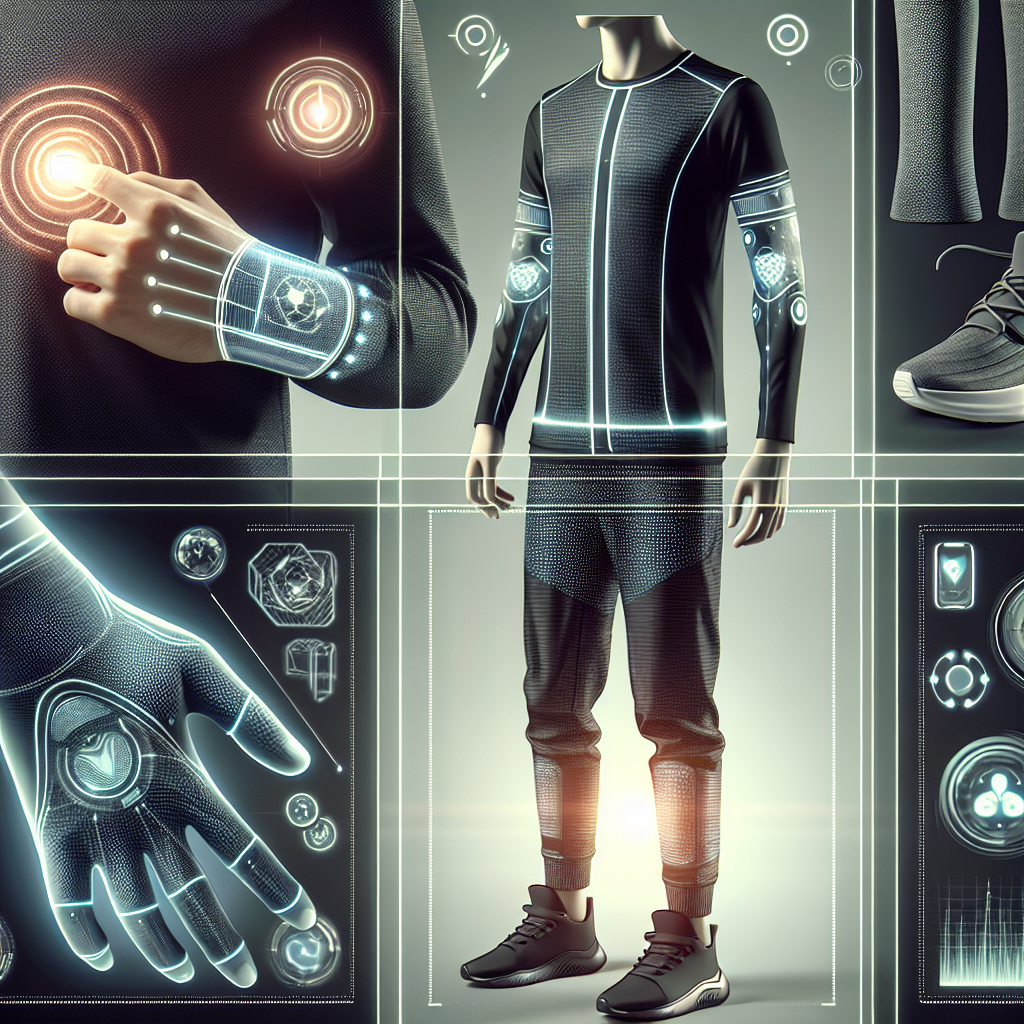Introduction to Smart Clothing
Smart clothing represents an exciting intersection between fashion, technology, and functionality. Transforming ordinary garments into sophisticated wearables, this innovation is designed to provide more than just aesthetic appeal. They can monitor health metrics, enhance athletic performance, and even adapt to environmental conditions.
Health Monitoring
One of the most impactful applications of smart clothing is in the realm of health monitoring. These garments come embedded with sensors that can track various health metrics such as heart rate, body temperature, and even hydration levels.
ECG T-Shirts offer real-time cardiac monitoring, making it easier for individuals to keep track of their heart health. These are particularly beneficial for those with heart ailments or athletes who engage in strenuous physical activities.
Bio-sensing Underwear is another notable innovation. These undergarments can monitor general physical activity and alert users about potential issues like urinary tract infections or anomalies in vital signs.
Athletic Performance
In the world of sports, smart clothing has proven to be a game-changer. The ability to gather and analyze performance data allows athletes to fine-tune their training and rehabilitation regimes.
Smart Athletic Wear such as shirts and shorts equipped with motion sensors can provide real-time feedback on form and technique, aiding in injury prevention and performance optimization.
Athletes also benefit from compression smart garments that monitor muscle activity and provide dynamic compression to alleviate muscle soreness and improve recovery times.
Fashion Meets Function
Innovations in smart clothing aren’t just about functionality; they are also about blending style with technology. The fashion industry is witnessing a surge in LED embedded clothing that can change colors and patterns, providing a personalized fashion statement.
Adaptive Textiles are another remarkable development, capable of adjusting their thermal properties based on the surrounding environment. This means you can stay warm in cold weather and cool in hot climates without the need to change clothes.
Environmental Adaptation
Mimicking the natural adaptive strategies seen in some animal species, innovations such as dynamic insulation jackets adjust their insulating properties based on ambient temperatures. These garments incorporate advanced materials to regulate body temperature, providing comfort across a range of conditions.
Connectivity
Connectivity is another vital aspect of smart clothing. With the integration of IoT (Internet of Things), these clothes can communicate with other smart devices, providing a seamless user experience.
Imagine a scenario where your smart shirt can sync with your smartphone to give you fitness updates or alert you about incoming messages and calls without having to pull out your device. This can significantly enhance convenience and improve lifestyle integration.
Challenges and Future Prospects
Despite its promising prospects, smart clothing faces several challenges. One significant barrier is power management. Keeping these garments lightweight and comfortable while ensuring that their electronic components remain powered for long durations is a difficult balance to strike.
Data Privacy issues are also a concern, as these garments collect sensitive health and fitness data. As these technologies evolve, developing robust security measures will be crucial to protect user information.
Looking ahead, the future of smart clothing is bright. Continuous advancements in fabric technology, sensor miniaturization, and connectivity will likely overcome current limitations. The smart clothing market is projected to expand, with applications not just in healthcare and sports, but also in professional settings, military, and even everyday casual wear.
Conclusion
The innovations in smart clothing are transforming our wardrobes into multifaceted tools capable of enhancing various aspects of our lives. From health and fitness to fashion and convenience, smart garments offer a glimpse into the future of clothing where technology meets wearability. As the landscape continues to evolve, it’s exciting to think about the next wave of innovations that will redefine what our clothes can do for us.




